PRODUCTS
CONTACT US
Ningbo Nide International Co., Ltd.
一一
· Contact person:Jack Zeng
· Mob/Whatspp/WeChat:0086-13738869026
· Email:emarketing@nide-group.com;marketing4@nide-group.com
· Add:No. 169, Wohushan Road, Daqi Subdistrict, Beilun District, Ningbo, China

Nide team could manufacture ball bearing as per customer’s drawing and samples.
If customer only has samples, we could also design drawing fo r our customer.
We also provide customized service.
Our ball bearing is widely applied the different industrials.
Ningbo Haishu Nide International is a professional manufacturer engaged in bearing research and sales. The factory covers an area of over 9000 square meters and has over 100 employees. The company has modern production equipment and advanced testing instruments. We produce deep groove ball bearings, spherical roller bearings, magnet,insulation paper,thermal protector,ball bearing,fan,shaft,commutator, etc. The bearing accuracy is P0, P6, P5, P4 levels, widely used in water pump motor,electric bicycle motor,air condition motor,compress motor,washing machine motor,BLDC motor,servo motor. Passed ISO9001:2015 and CE status.
We adopt first-class production equipment and a comprehensive testing system, and hire excellent technical personnel for operation and management. Our bearings are now very popular in the United States, Canada, Türkiye, Russia, Argentina Malaysia,Bahrain,Kiribati and other countries and regions.Nide wishes is to provide world wide customers with one-stop service for the motor manufacturing.
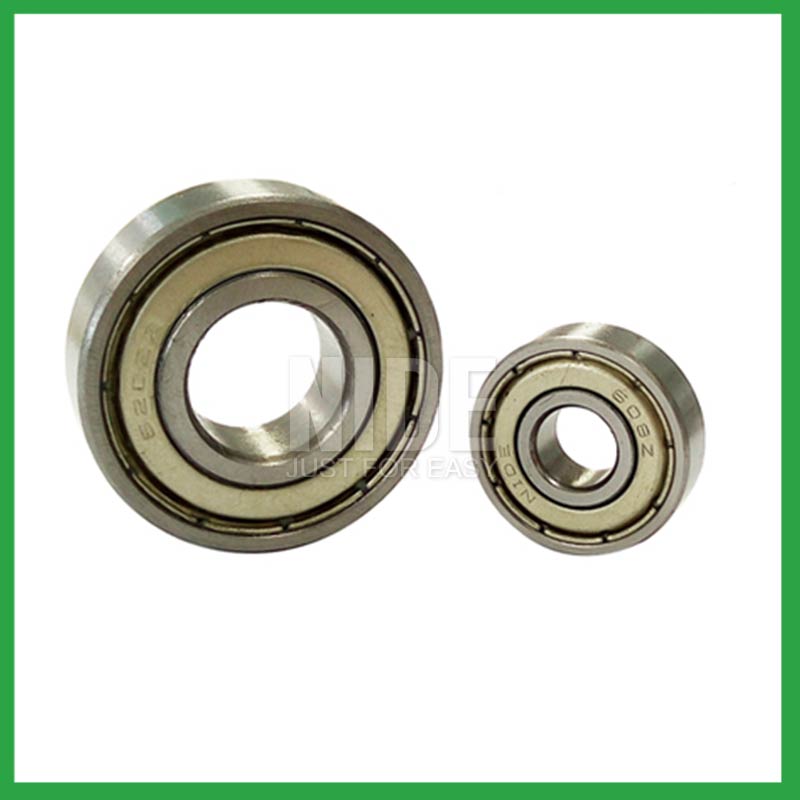
| Parameter | Information |
| Product Name | ball transfer bearing |
| Place of Origin | China |
| Brand Name | Nide |
| Material | ceramics, etc. |
| Type | Ball |
| Warranty | 3months-1year |
| Port | Ningbo/Shanghai |
| Application | aviation engines,chemical equipment, etc. |
| Size(mm) | customize |
| Color | gray+customized |
| Precision Rating | as per customer's requirement |
| Certification | ISO 9001 Certification,CE-stator coil forming machine,CE-stator coil winding inserting machine,etc |
| Feature | High precision,Low Noise...etc |
| Packaging Details | Suitable for sea transportation |
| Service | one-stop service |
| Model Number | ball bearing |
| Supply Ability | 100000-500000 Piece/Pieces per Month |
| Lead time (days) | 15-20 (To be negotiated) |
Please note: The above table data is for reference only. For specific information, please contact us.
Bearings with ball bearings as rolling elements mainly include adjustable ball bearings,thrust ball bearings,self-aligning ball bearings,deep groove ball bearings, etc.
Before use, the model, size, and design of the ball bearing should be confirmed to ensure suitable application;
During installation, the installation load of the ball bearing should be minimized as much as possible to avoid unnecessary damage;
The bearing shaft and the bearing frame should be stable at the same time to avoid excessive tension.
Ball bearings have many advantages, making them highly competitive in the market.
Firstly, they are very durable and have good wear performance, making their service life longer than many other types of bearings.
Secondly, they are easy to install and can provide low friction performance in various applications.
Thirdly, they require a relatively low level of maintenance, making them cost-effective.
In addition, compared to many other types of bearings, their purchase cost is relatively low, making them an economical choice.




ball transfer bearing---FAQs Guide
2.Do ball transfer bearing come in various tolerance classes?
3.Are there specific ball transfer bearing designed for applications in the aerospace and aviation industries, and what standards do they adhere to?
4.What are the common materials used in ball transfer bearing manufacturing?
5.What are the ball transfer bearing product skill training options?
6.As a ball transfer bearing manufacturer,How Can We Guarantee Quality?
7.About ball transfer bearing,What about the lead time?
8.What is the load distribution within a ball transfer bearing, and how does it vary between different bearing configurations?
9.What are the standard sizes and dimensions of ball transfer bearing?
10.As a ball transfer bearing manufacturer,can you supply samples?
11.About ball transfer bearing,Will you check the products before shipment?
12.What is a ball bearing?
13.How do ball transfer bearing provide smooth and controlled motion in various mechanical systems, such as conveyor belts or automobiles?
14.Are there ball transfer bearing designed for extreme temperature environments, such as cryogenic or furnace applications?
1.Are there hybrid ball transfer bearing that combine steel rings with ceramic balls to optimize performance in demanding applications?
Hybrid Ceramic ball transfer bearing. Ceramic ball bearings (also known as hybrid bearings) are the one component that'll easily optimize the performance of your application. Hybrid bearings have ceramic (silicon nitride, Si3N4) balls and 52100 bearing steel rings.
2.Do ball transfer bearing come in various tolerance classes?
Bearing tolerances are standardized by classifying bearings into the following six classes (accuracy in tolerances becomes higher in the order described): 0, 6X, 6, 5, 4 and 2.
3.Are there specific ball transfer bearing designed for applications in the aerospace and aviation industries, and what standards do they adhere to?
Airframe control ball transfer bearing are specialized bearings tailored for aircraft structures, particularly control systems and surfaces. Designed for low-speed oscillatory applications, they offer precision and support, effectively managing misalignments and flight-induced stresses.
Airframe Control bearings are lightweight, corrosion-resistant, grease-lubricated, and are sealed on most occasions. They come in precision grades for running accuracy.
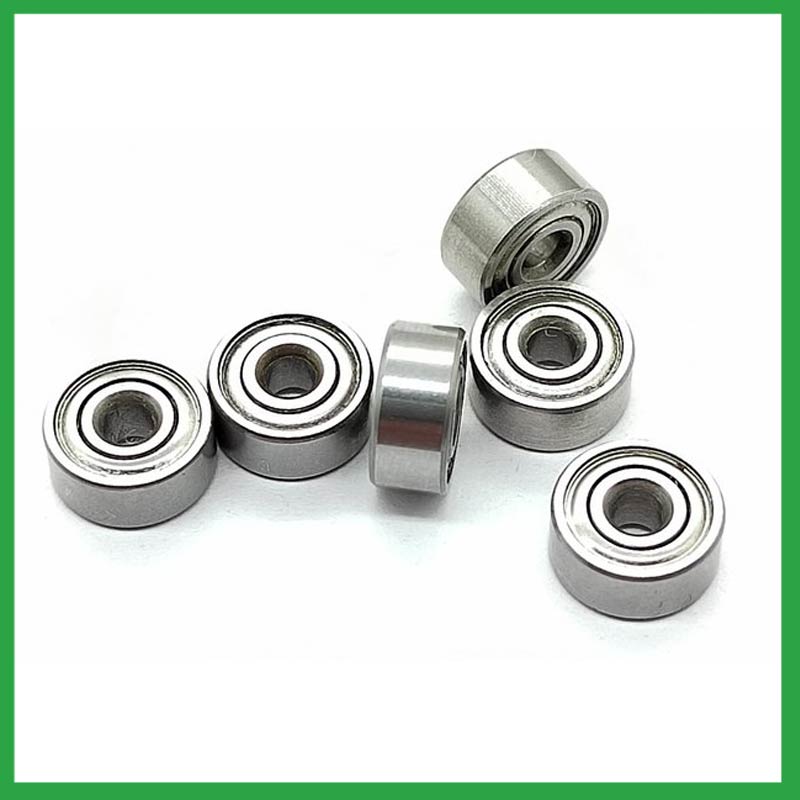
4.What are the common materials used in ball transfer bearing manufacturing?
Most ball transfer bearing are made of a type of steel known as high carbon chromium steel, often called chrome steel. This is used for reasons of cost and durability. Bearings are also made from other materials such as stainless steel, ceramics and plastic.
5.What are the ball transfer bearing product skill training options?
Quality comes from being controlled rather than be done. On the basis of the escalating production equipment and optimized process, Nide spare no efforts and keeps improving for quality control. Quality assurance covered with system, technology and human resources are in full swing.
6.As a ball transfer bearing manufacturer,How Can We Guarantee Quality?
Always a Pre-production Sample Before Mass Production;Always Final Inspection Before Shipment.
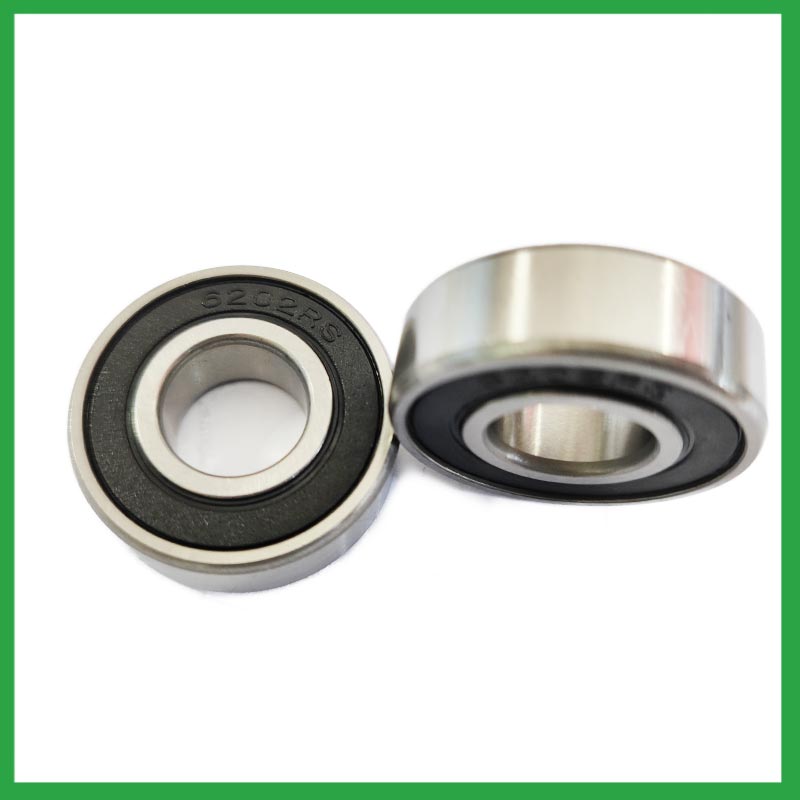
7.About ball transfer bearing,What about the lead time?
3-7 days for samples, 3-4 weeks for mass production.
8.What is the load distribution within a ball transfer bearing, and how does it vary between different bearing configurations?
The load distribution between the rolling elements and raceway is crucial in performance evaluation of rolling element bearings. Determine the load distribution by measuring the strain response at the bearing surface with a notched housing. Finite element analysis shows that the introduction of notches does not affect the load distribution. An experimental system was developed to investigate the load distribution in a cylindrical roller bearing. The experimental static load distribution agrees well with the theoretical calculation. The dynamic load at specific position of load zone reflects the manufacture difference among rollers and dynamic balance of distributing loads.
9.What are the standard sizes and dimensions of ball transfer bearing?
ball transfer bearing size charts are widely available, and can be used to find the measurements of a specific bearing. Series 6200 and 6300 are the most commonly used, and typically range from 10 x 30 x 9 mm (. 394 x 1.181 x . 354 in) to 150 x 320 x 65 mm (5.906 x 12.598 x 2.559 in).
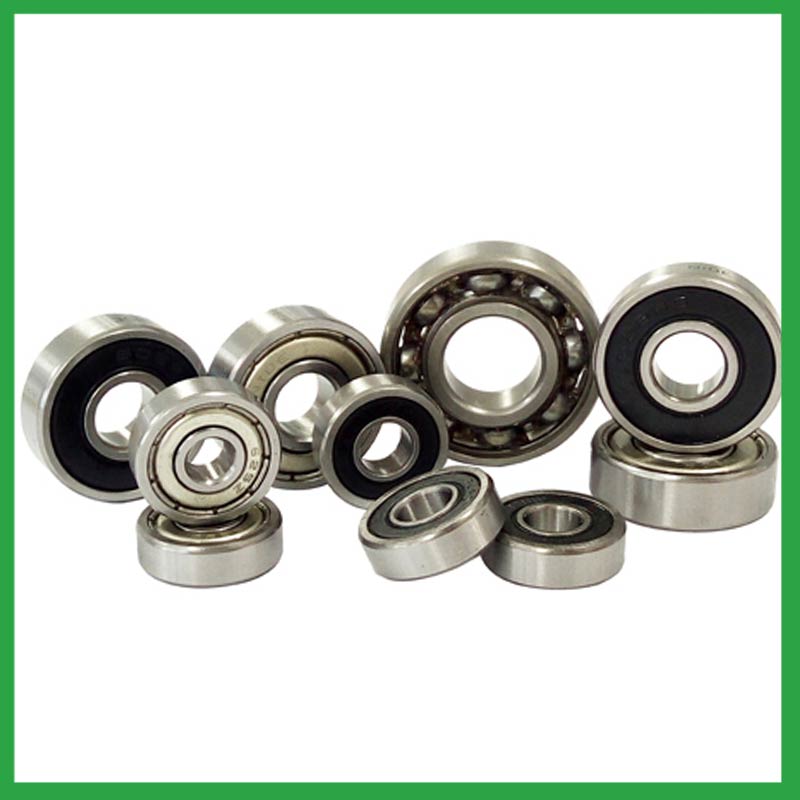
10.As a ball transfer bearing manufacturer,can you supply samples?
Sure, samples can be provided free of charge, and the buyer pay the postage of the sample.
11.About ball transfer bearing,Will you check the products before shipment?
Yes, We have a professional QC team. Products will be strictly inspection before shipment.
12.What is a ball bearing?
A ball bearing is a type of rolling-element bearing that uses balls to maintain the separation between the bearing races.
The purpose of a ball bearing is to reduce rotational friction and support radial and axial loads. It achieves this by using at least two races to contain the balls and transmit the loads through the balls. In most applications, one race is stationary and the other is attached to the rotating assembly (e.g., a hub or shaft). As one of the bearing races rotates it causes the balls to rotate as well. Because the balls are rolling they have a much lower coefficient of friction than if two flat surfaces were sliding against each other.
Ball bearings tend to have lower load capacity for their size than other kinds of rolling-element bearings due to the smaller contact area between the balls and races. However, they can tolerate some misalignment of the inner and outer races.
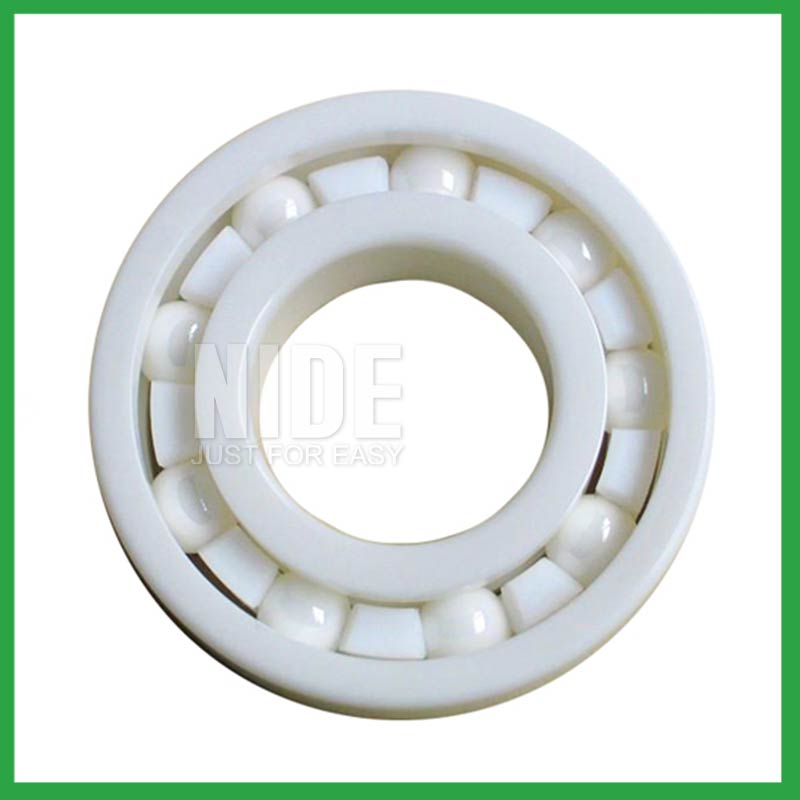
13.How do ball transfer bearing provide smooth and controlled motion in various mechanical systems, such as conveyor belts or automobiles?
In essence, ball transfer bearing operate on the principle that it's far more efficient to roll over surfaces than to slide, thereby significantly reducing friction and facilitating smooth movement of machinery parts.
14.Are there ball transfer bearing designed for extreme temperature environments, such as cryogenic or furnace applications?
High temperature ball transfer bearing use specialized lubricants to stand up to high temperatures. Grease-packed bearings are pre-filled with fluorine grease for high temperatures, while YS and SJ bearings use molybdenum disulfide (MoS2) solid lubricant to withstand temperatures up to 350°C and 400°C respectively.

